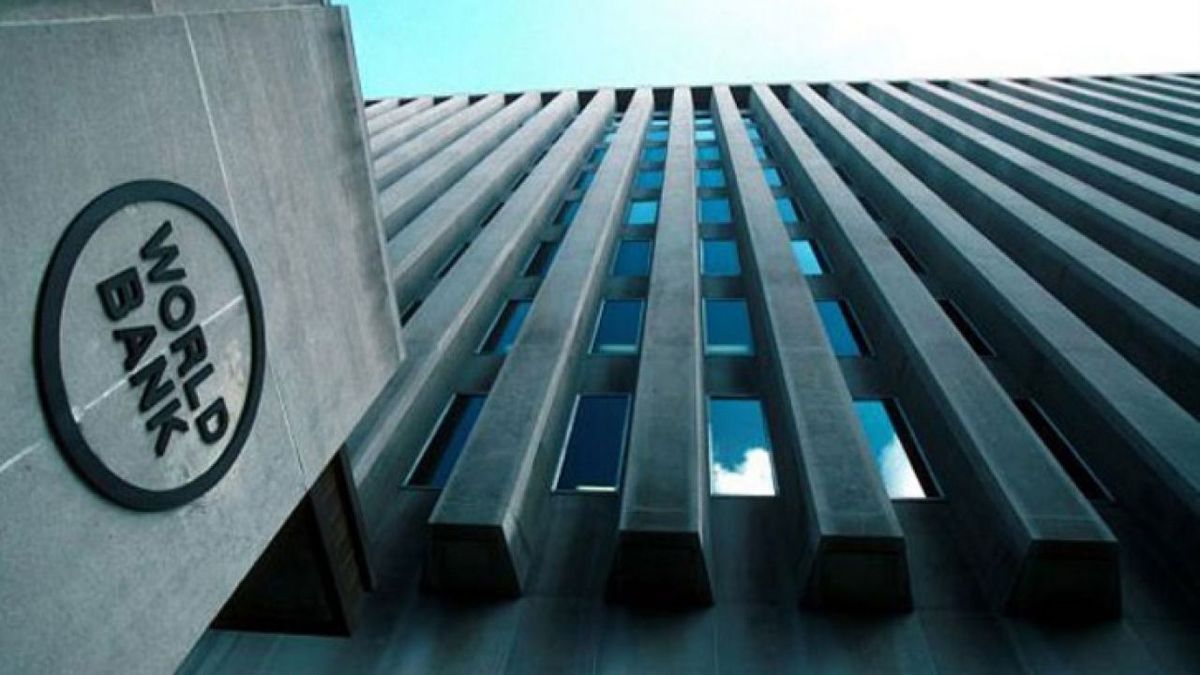He world Bank revised downwards the growth outlook for Uruguay, leaving them at 1.5% for 2023, as a consequence of the million-dollar losses brought about by the drought, in the framework of his report on Latin America and the Caribbean.
The multilateral organization’s forecast for the country implies a cut of 0.3% compared to the previous survey, which placed growth in the order of 1.8%. Thus, it was above some countries in the region, such as Argentina and Chili, although below the regional average, which was around 2%.
In this way, the world Bank anticipated that Latin America and the Caribbean It is the region that will least increase its GDP this year and warned that regional growth will be weak in 2024 (2.3%) and 2025 (2.6%).
When evaluating by country, Guyana is first in the ranking, with a positive projection of 29% for 2023, followed by Panama (6.3%), Paraguay (4.8%), Brazil (2.6%), Bolivia (1.9%) and Colombia (1.5%). At the other end were Argentina, where a fall of 2.5% is expected, as in Haiti, and Chili, with an expected decrease of 0.4%.
The impact of the drought on Uruguay’s GDP
The effects of drought made themselves felt strongly in the country, with a negative impact of 2.1% on economic activity, at a time when the GDP contracted 2.5% during the second quarter, according to data from the Central Bank of Uruguay (BCU).
Added to this is a report from the Chamber of Commerce and Services of Uruguay (Ccsuy), which estimated that the climate phenomenon decreased the activity of the agricultural sector in the same period, strongly damaging the national accounts.
The vision of the World Bank
When referring to future growth, the chief economist of the financial institution for Latin America and the Caribbean, William Maloney, He told AFP that “these rates, similar to those of the 2010s, are not sufficient to achieve the much-needed progress in terms of inclusion and poverty reduction.”
Maloney He expressed: “I do not see a very clear strategy to take advantage of the moment in nearshoring (relocation of services to a nearby area) and, in many cases, in the green transition either.”
Besides, Felipe Jaramillo, vice president of world Bank for the region, he maintained that Latin America and the Caribbean “has proven to be largely resilient to the various external shocks following the pandemic”, but he contrasted that “unfortunately, growth remains anemic.”
Along these lines, through a statement, the entity raised the existence of fiscal restrictions: “The relationship debt-GDP “It is estimated at 64%, compared to 67% a year ago, but it is still above the 57% recorded in 2019 and high rates increased the burden of debt service.”
Regarding the improvements, he highlighted that “the poverty and the employment have generally returned to their pre-pandemic levels,” while assessing that “inflation, excluding Argentina and Venezuela, has fallen to a regional average of 4.4%.”
Source: Ambito




